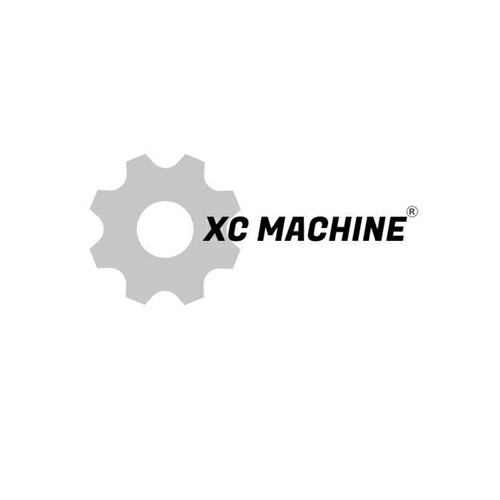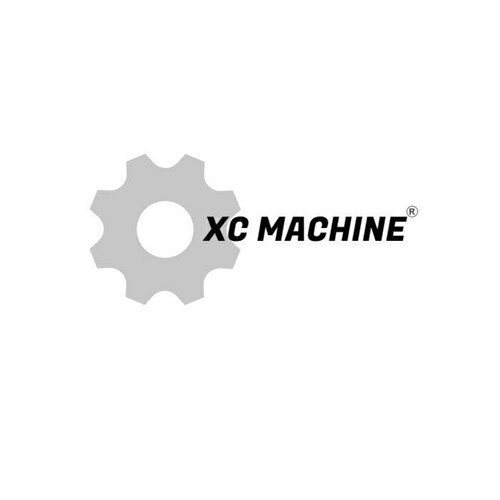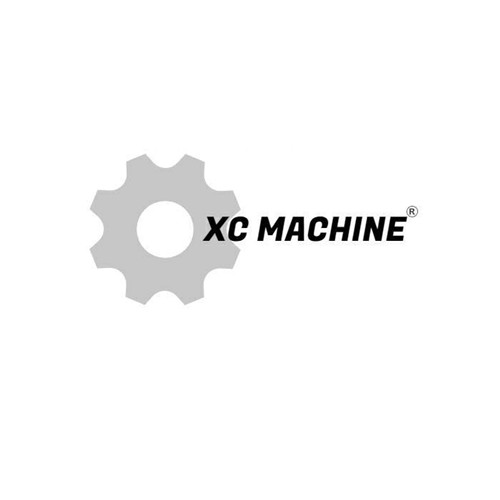What Are The Treatment Methods For The Whole Excavator Flooded By Water
What Are The Treatment Methods For The Whole Excavator Flooded By Water
Engine
If water and silt are found in the oil when draining the engine oil. The best way to deal with it is to dismantle and hoist the whole engine for repair (Note: it is not allowed to use the method of turning the crankshaft to drain water from the injector seat hole to remove the water in the cylinder liner, so as to avoid damage to the cylinder liner assembly).
(1) Disassemble and clean all parts of the engine, and then check them. The results are as follows:
1. The clearance between the piston ring openings has exceeded 0.80mm, so a new piston ring is needed;
2. The turbocharger is normal, the oil pump is normal, and it is installed after cleaning;
3. Clean the water channel, intake and exhaust channels with pressure water, and then dry them with pressure air;
4. At the same time, clean the lubricating oil passage of the engine with pressure air;
5. After cleaning the valve and valve seat, grind the valve with valve sand to eliminate the abrasion mark and water rust generated when flooding.
(2) Check the diesel tank and find that there is water entering and a small amount of sediment:
1. First, drain the water at the bottom of the oil tank, drain the diesel oil in the oil tank, then install it, and use it for cleaning after settling;
2. Wash the oil tank with a certain amount of pressure water, wipe the water and dirt in the oil tank with a cloth, pay attention to the partition and corners of the oil tank, try to be clean, and finally wash the oil tank with diesel oil;
3. Remove and clean the low-pressure pipe and return pipe from the oil tank to the oil pump, and dry them with pressure air.
Hydraulic system and transmission parts
The hydraulic oil tank itself is sealed, but due to the long immersion time, mud and water also intrude:
1. Drain the oil and water in the oil tank, and remove the low-pressure pipeline from the oil tank to the hydraulic pump;
2. Remove the oil inlet filter screen, oil return filter element assembly and bypass filter element assembly, clean them with gasoline and dry them. Replace the filter element with new parts (the oil inlet filter screen does not need to be replaced, and the hose does not need to be cleaned with gasoline). Repeatedly wipe the water and dirt in the oil tank with a cloth to ensure that they are clean;
3. Use a small amount of gasoline to clean the oil tank, wipe it with a cloth, stop it for a period of time until the gasoline volatilizes, and install all accessories;
4. Loosen the oil drain screw on the main hydraulic pump. If there is no water in the discharged oil, check the control valve and all components (including the hydraulic oil radiator). If there is no water, confirm that the main pump, high-pressure oil circuit and all working devices are normal.
Electrical components and circuits
1. Remove the starter and generator from the engine, clean the surface with diesel oil and disassemble them, clean and dry all parts with gasoline, and assemble them for use if no coil and components are damaged during inspection;
2. Dismantle the electronic monitoring disk, clean it with gasoline, dry it, assemble it for use;
3. Dry the relays after cleaning, and check the sensors and sensor plugs after cleaning;
4. Check the electrical circuit and connector of the whole machine, and deal with or replace the damaged or broken parts;
5. Check if there is no sediment in the battery, pour out the liquid in the battery, refill the electrolyte and recharge it;
6. Install the repaired electrical components and wires, maintain other parts according to the 2000h maintenance procedures of the excavator, add enough oil and water for the whole excavator, start the test machine, and work normally after running in.



